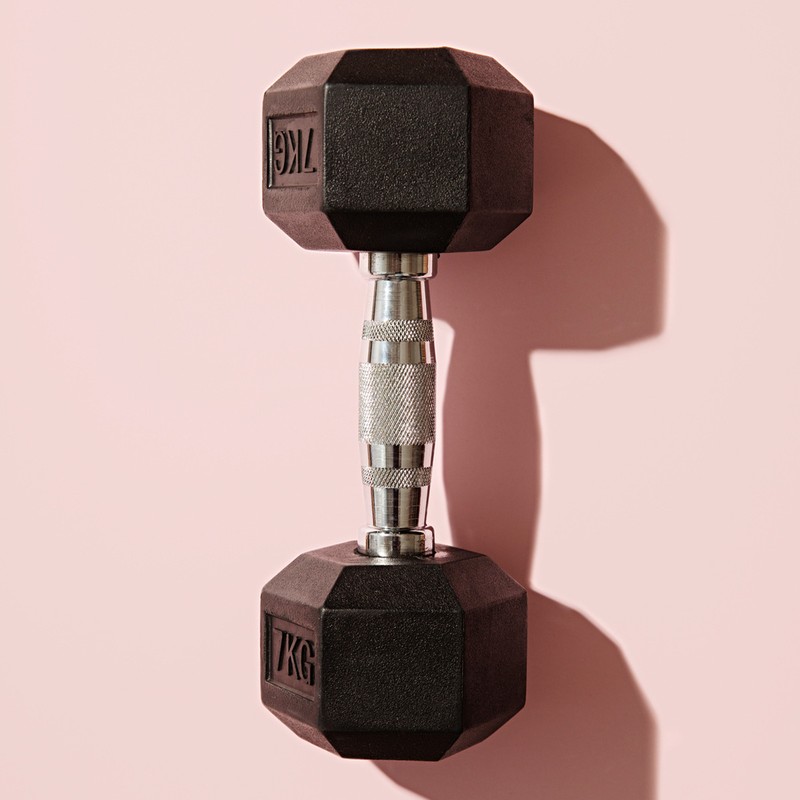
A Guide To Using Dumbbells: Which To Buy & How To Use Them
They’re Great For Building Fitness
When it comes to versatility and ease of use, no piece of equipment is more effective at building and toning muscle than a pair of hand weights, and they’re the ideal place to start if you’re new to fitness and resistance training. As Louisa Drake, founder of The Louisa Drake Method (LDM), explains: “The unstable nature of holding dumbbells ensures that your stabiliser muscles have to work hard to keep you steady while you perform any given movement. Without realising it, you’ll be strengthening your core and other stabiliser muscles, which play an important role in biomechanics and maintaining healthy joints.” In a nutshell, using dumbbells will tone the muscles you’re directly targeting as well as build strength elsewhere in the body – a win-win situation. Sammy Harper, founder and head trainer at We Are Team Blitz, agrees. “If you’re looking to build on the basics and improve your technique on static movements, such as squats and deadlifts, get stronger and improve general fitness levels, you can’t go wrong with a pair of dumbbells.”
There Are Different Types
A pair of dumbbells may feel like one of the easiest pieces of gym equipment to snap up, but with different materials and designs, as well as wildly fluctuating stock levels throughout various lockdowns, there’s more to it than you may think. As Sammy explains, “There are various types of dumbbells – fixed weight, standard adjustable and selectorised dumbbells. Fixed weight dumbbells are a great option if you know the weight you’re looking for, although as you progress and build strength, you may want to buy a heavier pair, so they can be a pricy option in the long run. Standard adjustable dumbbells, meanwhile, are a fantastic choice for home workouts. They tend to be more affordable, and they give you the convenience of adjustability; plus, they don’t require a lot of space. They are handy as they allow you to adjust the weight according to the session. The only issue with these is that they can be a little awkward to hold and use for more aerobic movements such as thrusters, snatches and cleans due to their size and the amount of plates on the bar. Finally, selectorised dumbbells will last you a lifetime, despite being initially expensive. They are super-efficient, and they make adjusting the weight quick and easy – for this reason, they are great when doing a full-body session where you need to quickly change between a compound exercise such as a deadlift to an isolated exercise such as a bicep curl.”
Knowing The Good Brands Helps
If you’ve ever searched online for a pair of dumbbells, chances are you’re aware of the sheer choice out there. So, what should you be looking out for? “In the LDM studio, we use Mirafit dumbbells, which are a hex design. A hex design is great as it means your dumbbell won’t roll around when you place them on the floor,” says Louisa. “In terms of grip, rubber-coated or neoprene dumbbells are also easier on the hands than those with a textured grip, and they tend to be a more affordable option. Gorilla Sports and Iron Fitness are two online retailers worth checking out, too.” Sammy, meanwhile, recommends BLK BOX dumbbells, which she says are a great-priced option that are still premium quality. “With rubber-encased heads they’ll prevent damage being done to your floor and will also minimise noise, which is always important to keep the neighbours happy. They are also a lot easier to grip as they have a chrome-plated handle, perfect for women who tend to have smaller hands.”
You Can Use Them In Multiple Ways
Whether you’re into Pilates, barre or HIIT classes, it’s worth thinking about what you’ll be doing with your dumbbells before investing. “It’s key to have the correct weight for the appropriate training approach,” Louisa stresses. “Everything matters – sets, reps, tempo, and rest – so bear this in mind before thinking about the weights you buy and the results you’re after.” For example, The Louisa Drake Method, a low-impact workout that combines elements of barre, Pilates and conditioning, requires lighter weights than a more intense HIIT session. “Go for a mix of light and medium (from 1kg to 3kg sets) dumbbells, then move to something heavier, such as 4kg. Most women say 4kg dumbbells feel quite heavy to lift, but everyone is different. As a general rule of thumb, if you’re using adequate load during an exercise, ideally the last one or two reps should feel really tough to complete with proper form. If you’re performing medium-to-high repetitions, such as with Pilates and barre, it’s best to have a lighter weight you can lift without compromising your form and overloading your body.” If you are someone who likes to lift, however, and are working towards a strength-based goal, Louisa advises lifting a heavier load (5kg and above) with less repetitions.
There Are Other Ways To Lift Heavier
As the body adapts, you’ll need to level things up to help keep your workouts challenging. Sammy agrees this is vital to continue seeing results and avoid hitting a plateau. If, however, you’re struggling to get your hands on a heavier pair of dumbbells due to persistent out of stock alerts, the experts share their tricks for scaling things up without a heavier pair of weights. “If increasing the weight isn’t an option, consider upping the volume (i.e. perform more reps or sets); increase the frequency (do more training sessions than the week or month before); or prolong the time under tension of a muscle by focusing on a four or five second descent when performing an exercise, such as a bicep curl.”
Mastering The Basics Is Important
Technique is paramount with any workout, but especially so when lifting weights. As Louisa explains, “When starting any new form of training, it can take around six to eight weeks for the brain and body to learn to complete new exercises efficiently. Once these neural connections have adapted, the workout should feel easier. Technique is key when using dumbbells – you want to move slowly and control both the lift and the lower with smooth movements. Breathing is also important when using dumbbells – inhale before your lift and exhale during the lower. Never hold your breath when working out with weights, and always remember to stretch your muscles post-workout, which can boost flexibility, ease muscle tension and reduce your risk of injury.” If you’re just starting out on your dumbbell journey, Louisa recommends starting with lighter weights, ideally something you can lift ten to 15 times with proper form: “Begin with one or two sets of ten to 15 repetitions and slowly progress to three sets or more as it starts to get a little easier.”
They’re Great For Toning Your Arms
“The arms are an area that, in general, most women want to target,” says Louisa. “And using dumbbells to reach this area is time-tested way to build lean muscle for a more toned look. Bicep curls are a great place to start. Hold a pair of dumbbells in front of your thighs with your palms facing out. As you exhale, slowly curl the dumbbell up to your chest, hugging the elbows in at the waist and then back down again.” Louisa is also a fan of the tricep kickback, which is great for toning the backs of the arms. “Stand with a dumbbell in each hand, your arms down at your sides, and your palms facing each other. With your arms close to your sides and your knees slightly bent, incline the spine. As you exhale, unfold and straighten your arms so the dumbbells finish slightly behind you. Hold, then bring your arms back to the starting position,” she advises. Sammy also recommends working in a superset, tri-set or giant set (i.e. two, three or four exercises performed back to back) to strengthen your arms. “Doing this will not only save you time by shortening the rest period but will also increase the intensity of your workout by overloading the muscles, enabling twice the gains in half the time.”
They Can Work The Lower Body, Too
“If you want to build strength in your lower body, you can’t go wrong with the dumbbell squat,” Sammy enthuses. “It works your quads and glutes but has so many other benefits too, such as improving core strength and helping you build functional fitness. A sumo deadlift is also a good one to try – it’s a little more technical but once mastered is a great way to build lower body strength, strengthen your posterior chain and build a perkier bottom.” Sammy is also a fan of using dumbbells to build a stronger core. “If you want better abs, use your dumbbells in compound movements that work multiple muscle groups at the same time – think squats, deadlifts, thrusters and overhead work, such as overhead lunges.”
If you’re looking for some dumbbell inspiration, these are the people to follow…
@RoarFitnessGirl
Sarah Lindsay is the owner of Roar Fitness LDN (who are also worth a follow; find them at @RoarFitnessLDN), the exclusive gym group renowned for its incredible body transformations. Expect plenty of dumbbell inspo as well as dedicated IGTV workouts.
@AliceLiveing:
One of the UK’s leading PTs, Alice has made her name in fun, accessible workouts that get real results. Since January, she’s been leading daily workouts, plenty of which feature dumbbells – find them all on her IGTV.
@KrissyCela
If you’re looking to create a training programme or need some real motivation, head to Krissy Cela’s account, where she’s saved different workout guides, focusing on lower and upper body and the core. All you’ll need is a decent pair of dumbbells.
@Shona_Vertue
Personal trainer Shona Vertue has worked with David Beckham and the cast of Wonder Woman. Her philosophy combines yoga with strength training and cardio for a full-body approach.
@SimoneDeLaRue.Official
An advocate of using lighter weights and resistance bands, Simone De La Rue, the owner and CEO of Body by Simone, brings all the energy and real results – ideal for fans of Pilates and barre-style workouts.
@LukeWTraining
The go-to trainer for those in the know, Luke recently released The Dumbbell Programme, a 16-week, four-stage progressive regimen. While not available on his IG, his account is packed with tips and advice for training safely and more effectively.
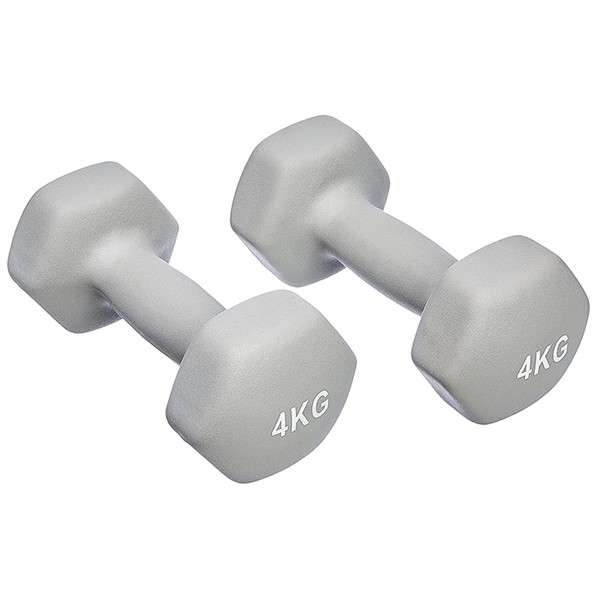
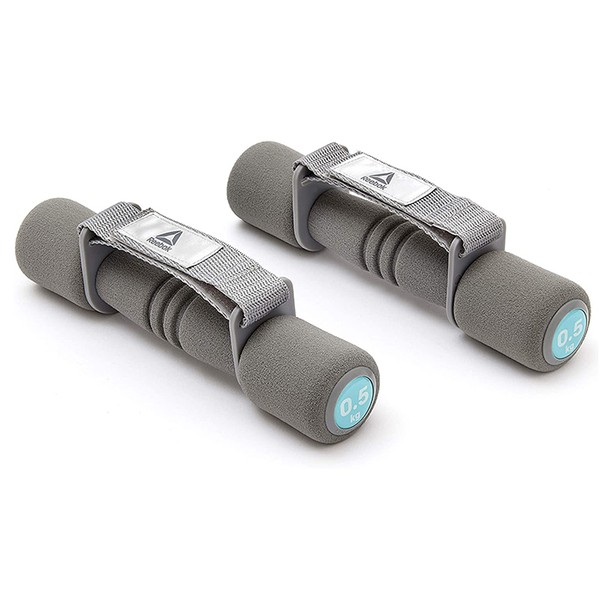
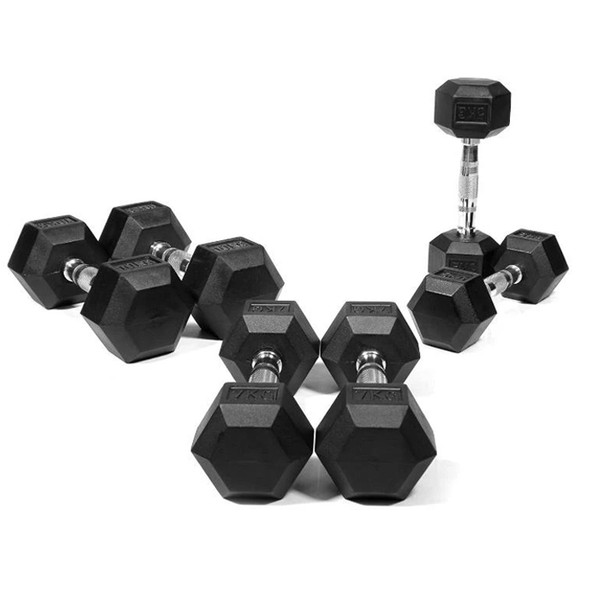
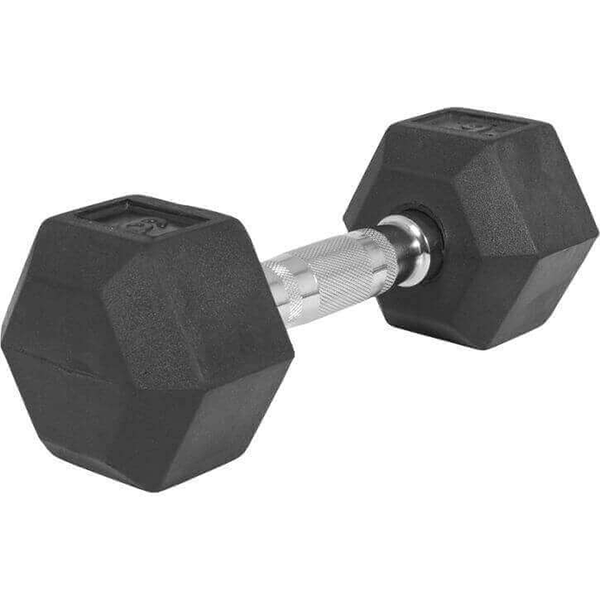
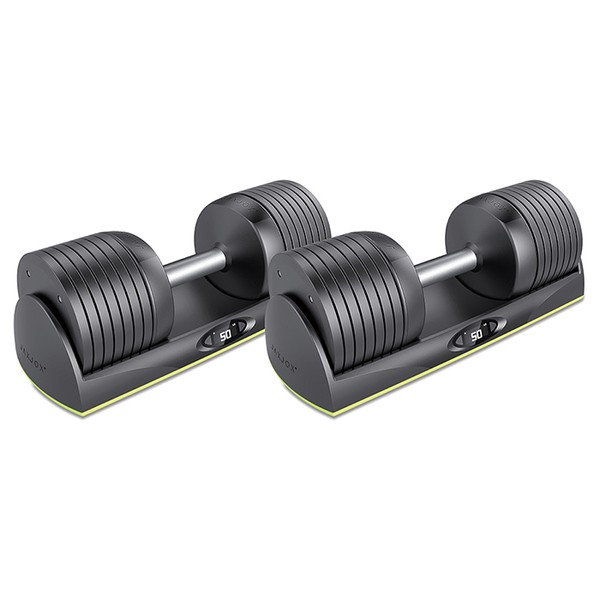
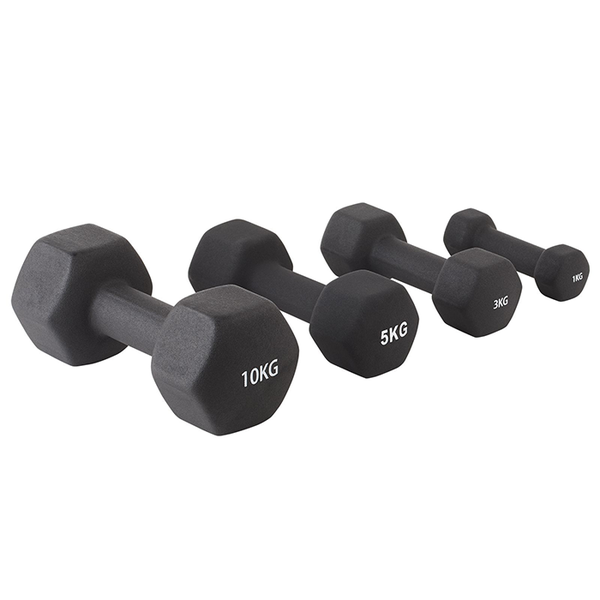
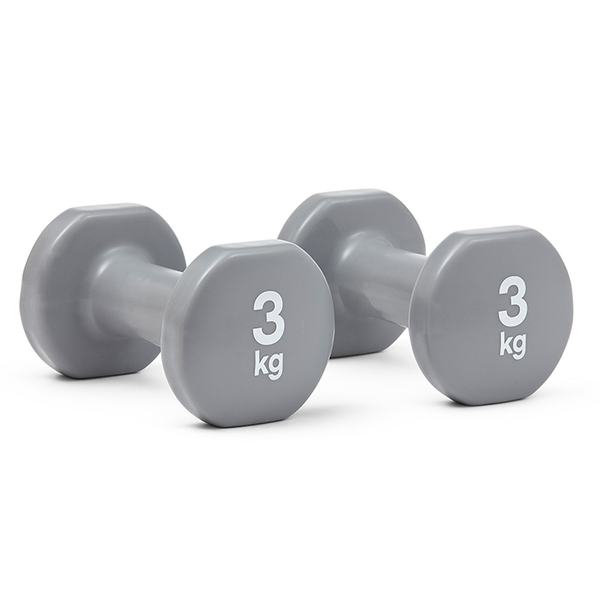
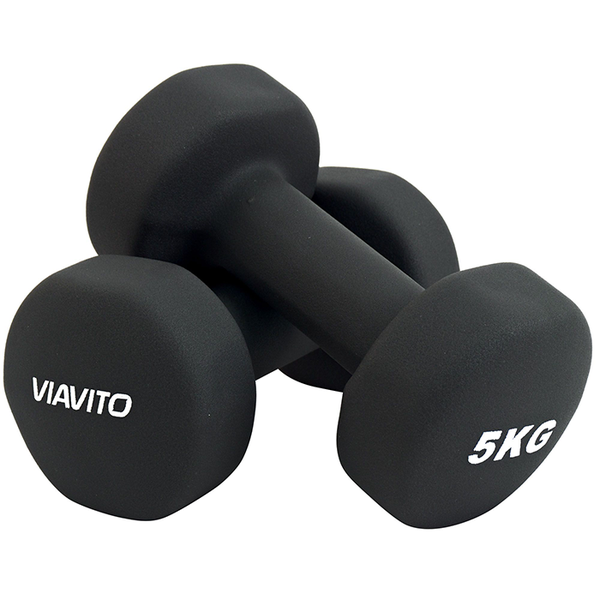
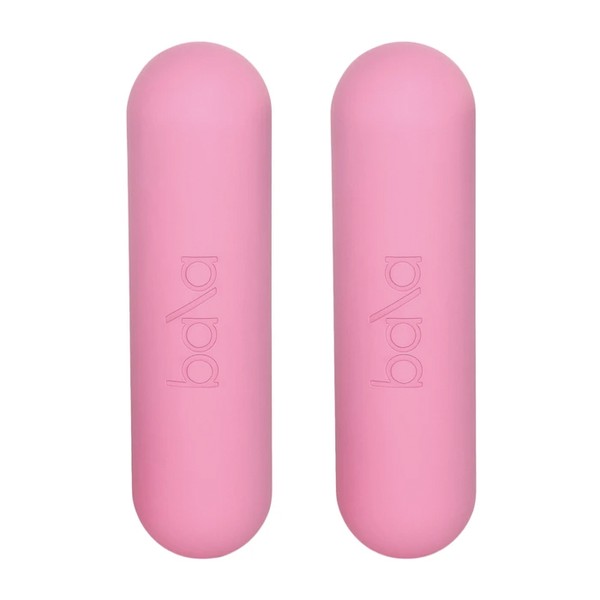
For more information visit LouisaDrake.com and WeAreTeamBlitz.com, and follow @LouisaDrakeMethod and @WeAreTeamBlitz_
DISCLAIMER: Features published by SheerLuxe are not intended to treat, diagnose, cure or prevent any disease. Always seek the advice of your GP or another qualified healthcare provider for any questions you have regarding a medical condition, and before undertaking any diet, exercise or other health-related programme.
INSPIRATION CREDITS: NATALIE JEFFCOTT/STOCKSY
DISCLAIMER: We endeavour to always credit the correct original source of every image we use. If you think a credit may be incorrect, please contact us at info@sheerluxe.com.

